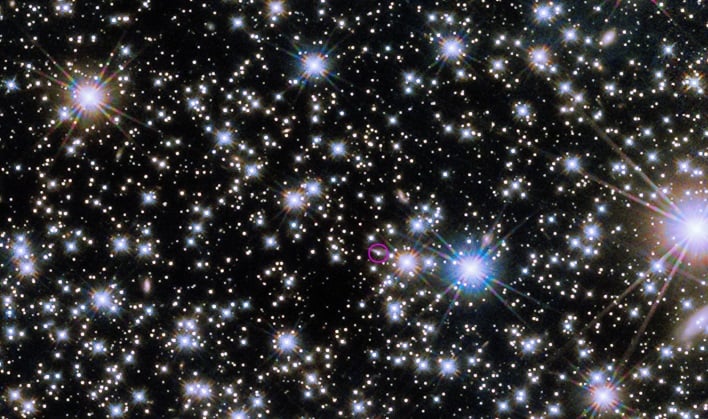The Brightest Gamma-Ray Burst In Human Civilization Has NASA Excited

Gamma-ray bursts (GRBs) are the brightest explosions of light in the known Universe. The one that was detected on October 9, 2022, was so luminous that it is believed to be a 1-in-10,000-year occurrence, and has been dubbed the BOAT, or the brightest of all time.
"GRB 221009A was likely the brightest burst at X-ray and gamma-ray energies to occur since human civilization began," remarked Eric Burns, an Assistant Professor of Physics and Astronomy at Louisiana State University in Baton Rouge.
Scientists in the United States were able to reconstruct information about the burst from data collected from Fermi Gamma-ray Space Telescope. They then compared their results with a Russian team working on Konus data and Chinese teams analyzing data from the GECAM-C detector on their SATech-01 satellite and instruments on their Insight-HXMT observatory. All the data together proved the burst was 70 times brighter than any seen before.
Typically, astronomers are able to find a brightening supernova a few weeks following the burst. However, this has not been the case this time. It is believed that because the GRB appeared in a part of the sky that is a few degrees above the plane of our own Milky Way galaxy, thick clouds could "greatly dim incoming light," according to a NASA blog post.
Andrew Levan, a Professor of Astrophysics at Radbound University in Nijmegen, Netherlands, explained, "We cannot say conclusively that there is a supernova, which is surprising given the burst's brightness." He continued, "If it is there, it's very faint. We plan to keep looking, but it's possible the entire star collapsed straight into the black hole instead of exploding."
Levan and others are utilizing NASA's James Webb Space Telescope (JWST) to pierce through the dust clouds that could be hiding the supernova currently, as well as the Hubble Space Telescope.
Kate Alexander, an Assistant Professor in the Department of Astronomy at the University of Arizona in Tucson, said that since the burst was so close and bright, it offers a unique opportunity to gather observations of the afterglow across the electromagnetic spectrum and to test how well current models reflect what is actually happening in GRB jets.
Alexander stated, "Twenty-five years of afterglow models that have worked very well cannot completely explain this jet. In particular, we found a new radio component we don't fully understand." She added, "This may indicate additional structure within the jet or suggest the need to revise our models of how GRB jets interact with their surroundings."
GRB 221009A is providing astronomers and scientists with new data that could also answer a "big cosmic question." Michela Negro, an astrophysicist at the University of Maryland, posed the question, "We think black holes as all-consuming things, but do they also return power back to the universe?"


